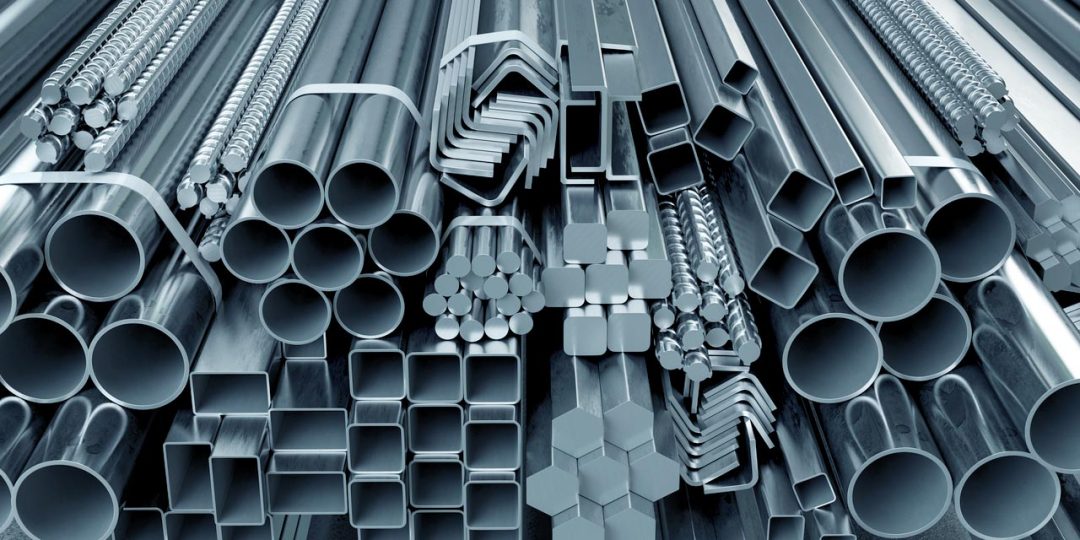Types of Extrusion Bending Techniques
Extrusion bending offers a range of techniques for shaping aluminium profiles and tubes into curved forms. Understanding the different bending methods available is crucial for achieving desired results in various applications. In this article, we will explore some of the commonly used extrusion bending techniques, including rotary draw bending and press bending. We will discuss the strengths and limitations of each technique and provide illustrative examples and case studies that highlight their real-world applications.
Rotary Draw Bending:
- Rotary draw bending, also known as mandrel bending, is a widely employed technique for precise and accurate bending of aluminium profiles and tubes. The process involves clamping one end of the extrusion while the other end is pulled around a die with the help of a rotating mandrel inserted inside the tube. This technique offers exceptional control over bend radius, angle, and wall thinning.
Strengths of rotary draw bending:
- Precision and repeatability: Rotary draw bending provides precise and consistent results, making it suitable for applications with strict dimensional requirements.
- Complex shapes: This technique can achieve tight radius bends and intricate shapes, allowing for greater design possibilities.
- Smooth bends: Rotary draw bending ensures smooth bends with minimal distortion and minimal ovality.
Limitations of rotary draw bending:
- Tooling and setup: The setup and tooling for rotary draw bending can be more complex and time-consuming compared to other bending techniques.
- Limited bending radius: Very tight radius bends may require specialized tooling or alternative bending methods.
Real-world application example: In the automotive industry, rotary draw bending is commonly used to produce exhaust system components, where precise bends and complex shapes are required for optimal performance and packaging.
Press Bending:
Press bending, also referred to as compression bending or ram bending, is a technique that utilizes hydraulic or mechanical force to deform aluminium profiles and tubes into curved shapes. The extrusion is clamped between a stationary form and a movable bending die, and pressure is applied to create the desired bend.
Strengths of press bending:
- Versatility: Press bending can accommodate various sizes and shapes of aluminium extrusions, making it suitable for a wide range of applications.
- Cost-effective: Compared to some other bending techniques, press bending can be a cost-effective option, especially for simpler bends and larger volumes.
Limitations of press bending:
- Greater wall thinning: Press bending can result in more significant wall thinning compared to rotary draw bending, especially in tight radius bends.
- Limited control over ovality: The press bending process may introduce some ovality in the cross-sectional shape of the bent extrusion.
Real-world application example: Press bending is commonly utilized in the furniture industry for creating curved aluminium profiles used in chairs, tables, and other interior design elements.
Different extrusion bending techniques offer unique advantages and considerations depending on the specific requirements of a project. Rotary draw bending provides precise and complex shapes with tight tolerances, making it ideal for applications with strict dimensional requirements. On the other hand, press bending offers versatility and cost-effectiveness, making it suitable for simpler bends and larger volumes. Understanding the strengths and limitations of these techniques allows designers and manufacturers to choose the most appropriate method for their applications, ensuring optimal results in aluminium extrusion bending projects.






